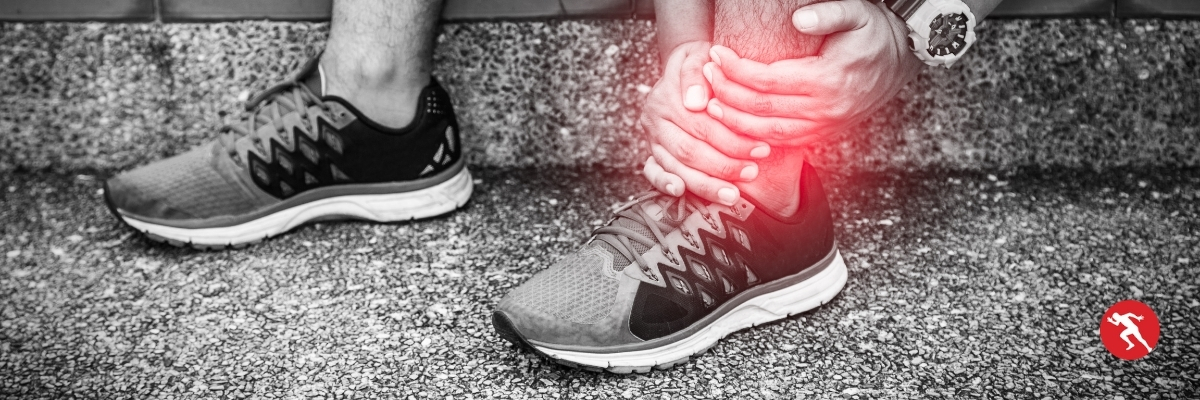Spraining your ankle can be the result of a nasty tackle or just landing awkwardly on the pitch. Most often the ankle rolls inwards causing pain on the outside of the ankle. Within minutes there may be swelling and in the following days bruising.
Do I need to go the hospital for an X-ray?
The answer to this is quite simple… if you are able to stand and walk on it then no. However, if you are struggling to put any weight through your foot then you should go to your local Accident & Emergency Department for an X-ray to check for a fracture.
How bad is the injury?
Physiotherapists use a graded system to diagnose the extent of ligament damage and plan a sports rehabilitation programme. The grades are:
Grade 1 – Minor Sprain: ligaments have been stretched but not torn
Grade 2 – Moderate Sprain: ligaments have been partially torn
Grade 3 – Severe Sprain: ligaments have been fully torn
How do I manage the injury?
In the past Physiotherapy has used the acronym R.I.C.E. (Rest, Ice, Compression and Elevation).
However, thanks to evolving research, we now advise on using P.O.L.I.C.E (Protection, Optimal Loading, Ice, Compression and Elevation).
Protection:
This simply means avoiding painful movements in the first 48 hours to protect the joint from further damage. This can be achieved through rest, using crutches, an Aircast boot or bandages.
Optimal Loading:
After 48 hours, depending on pain, you can start to gradually ‘load’ your ankle by walking on it for longer periods and starting gentle movement exercises. This will help to strengthen the ligaments during the healing process and make the recovery time quicker.
Ice:
Ice is applied to help reduce inflammation, swelling and pain. The best form is crushed ice so that it makes more surface contact with the skin.
This should be applied for no more than 20-30 minutes at a time, using a thin damp cloth underneath to protect your skin. This can be done every 2 hours.
It is also possible to use cryotherapy aids from Physio Performance such as a Cryotherapy Cuff.
Compression:
Compression reduces swelling and protects the joint from painful movements. This is achieved by applying an elasticated bandage that can be purchased from a local Pharmacy.
The video above will show you how easily you can apply it yourself – simply use the following steps:
1. Start at the top of your mid-foot with the roll of bandage facing the inner edge of your foot.
2. Apply some stretch to the bandage and start to wrap it around your foot
3. Try to wrap approximately 50% over the previous layer
4. Also make sure there are no creases to that it does not mark your skin
5. Continue wrapping until you get above your ankle joint
6. Here you will start to make a figure of ‘8’ four times by wrapping it diagonally around the underside of your foot
7. Finish off by wrapping the bandage around the top of your ankle
8. You do not need to use all the available bandage
Note: if your toes become cold or discoloured the bandage could be too tight. Take it off and reapply with less stretch.
Elevation:
The best place to do this is by lying on the sofa with your foot elevated on the arm of the chair. This helps to further reduce the swelling by eliminating gravity.
